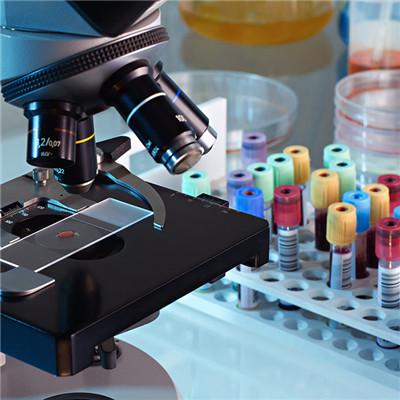How does cyst inside renal pelvis form
summary
My neighbor is in good health all the time. Recently, I often feel low back pain and discomfort. My blood pressure has also increased. My urine is still with blood. There is even edema at the waist. The doctor said that this is a symptom of cysts in the renal pelvis. Let me talk about how cysts in the renal pelvis are formed.
How does cyst inside renal pelvis form
First, parapelvic cysts are also called peripelvic cysts; cysts originating from outside the renal sinus and invading the renal sinus are named parapelvic cysts. Parapele cysts are mostly caused by congenital factors, with the incidence rate of 1% to 3% of renal cysts. Most of them occur only after 50 years old. Parapelvic cysts are usually solitary, and their histological origin is renal parenchyma or old urinary cysts. Clinically, the above two kinds of cysts are called parapelvic cysts.

Second: histologically, the parapelvic cyst can be divided into urogenic and nonurogenic, and the latter can be divided into serous and lymphatic. There is usually a history of urinary tract infection, obstruction or stones, which may be chronic inflammation and obstruction of renal pelvic lymphatic vessels, leading to local lymphatic dilatation, local vascular disease or disuse atrophy of renal sinuses, or serous exudation to the plane of renal sinuses, which is limited to form serous cysts. Urogenic cysts may be formed by renal parenchymal cysts extending to the renal hilum.

Third: small cysts will not cause obvious discomfort of the body, for more than 3 cm cysts need to take treatment as soon as possible to control the growth of cysts. At present, the treatment mainly includes surgery and non-surgical treatment of integrated traditional Chinese and Western medicine. Conservative treatment of cyst is mainly achieved through two aspects.

matters needing attention
Having said so much, do you know something about cysts in the renal pelvis. In fact, most of the cysts in the renal pelvis are congenital. For the smaller cysts, we don't need to take measures. We can pay attention to them in daily life. Then, the larger cysts need to go to the hospital for timely treatment to prevent their deterioration.














